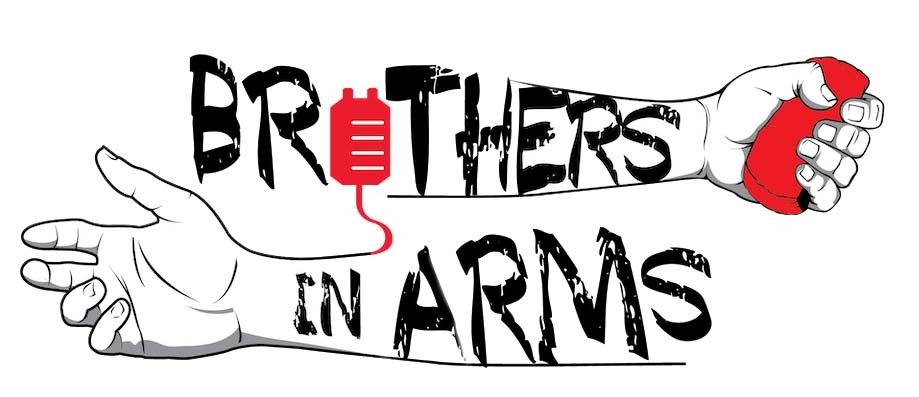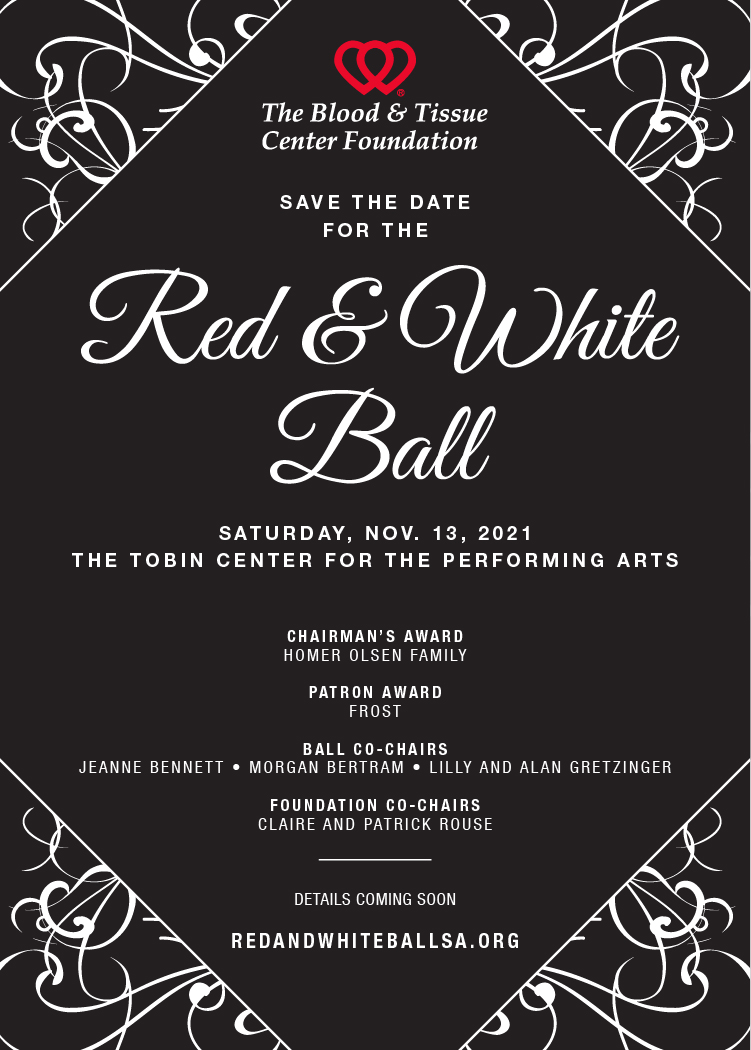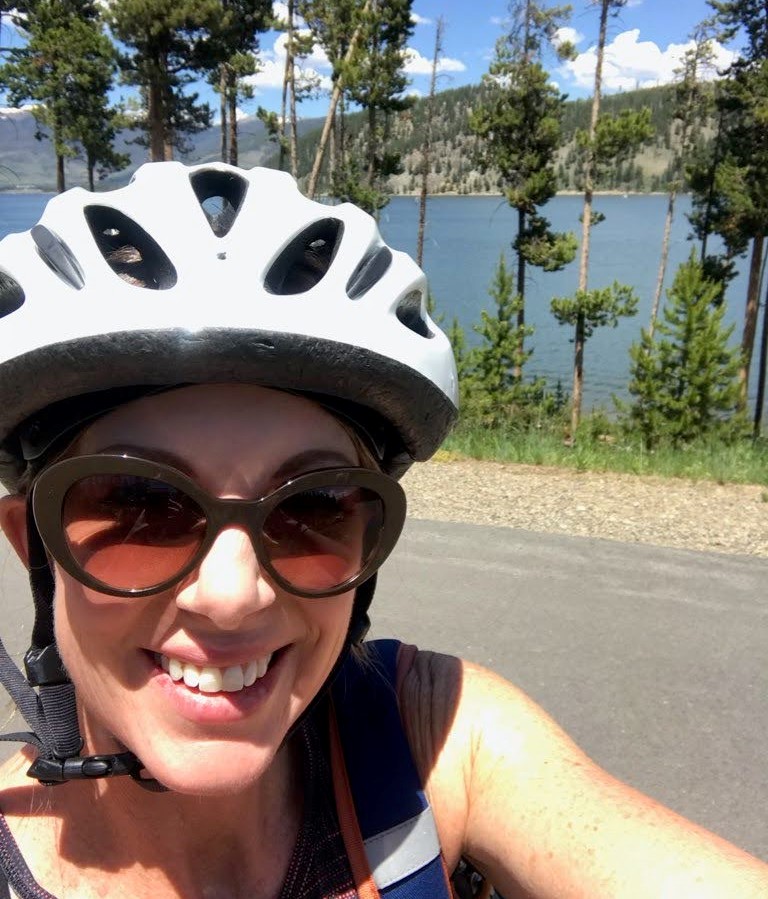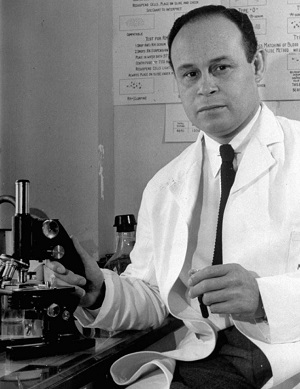The first-of-its-kind civilian program to provide low-titer O-positive whole blood for emergency use, of which the Brothers in Arms program from the South Texas Blood & Tissue Center is a key component, has been highlighted in the latest edition of the journal Military Medicine.
Chief Operating Officer of South Texas Blood & Tissue Center Elizabeth Waltman is one of the co-authors of the article, “Operationalizing the Deployment of Low-Titer O-Positive Whole Blood Within a Regional Trauma System.”
An outgrowth of military research
The program is administered by the Southwest Texas Regional Advisory Council, which coordinates trauma care throughout a 22-county region, and managed and guided by the San Antonio Whole Blood Consortium. It was developed in conjunction with the U.S. military, which has been researching the use of whole blood in battlefield situations since Operation Enduring Freedom in 2001.
The first civilian low-titer O whole blood program in the country started with deployment of units of specially collected and screened blood to helicopter EMS units. In an update from the time the article was published, 94 hospital and pre-hospital users (eight hospitals and 86 ground and air EMS units) now are carrying the special units.
Overcoming concerns with novel solutions
The report noted that a major concern at the launch of the program was the potential for loss of units to expiration. But thanks to a novel system that rotates the blood from air medical providers, Level IV trauma centers and ground EMS providers to the Level I center after 14 days, the loss rate has stayed low, at just 1.16%
Maintaining the blood at a proper temperature also was a major issue, but just one unit has been discarded, when it was accidentally frozen.
Another concern was transfusion-related complications, but none have been reported among patients who have received low-titer O whole blood either before arriving at the emergency room or in the emergency room. Through 2020, 754 patients had received the special transfusions.
Reliable, loyal donors
The Brothers in Arms program from the community blood center has a reliable and loyal base of 3,097 active donors (through 2020, updated from the article) to keep the program supplied, along with recruiting and retaining donors through social media and special events. Brothers in Arms donors show up to their appointments 80% of the time, compared to a 60% show rate for all blood donors.
The current eligible donor pool totals 6,519, and there were 3,876 Brothers in Arms units collected in 2020.
The conclusion of the report noted:
“This work demonstrates a novel civilian model for the development of a trauma system LTOWB program. Implementation and sustainment of the program, augmenting remote damage control resuscitation strategies, requires the integration and collaboration of a multidisciplinary stakeholder team to optimize efficiency, performance, and safety of the program.
“The SAWBC has shared all processes and outcome information with numerous interested organizations to facilitate the development of other LTOWB programs in their catchment area to decrease mortality and morbidity associated with hemorrhage.”



